Chennai has always been famed for its silk saris. A long piece of unstitched fabric (measuring between 4.5 to 8m), the sari is worn wrapped around the waist and hips, then taken across the chest and thrown over one shoulder. Each state or region in India has its own unique style, varying in the patterns, fabrics, colours and textures. Chennai is famous for the heavy and lustrous Kanjeevaram or Kanchipuram saris, named after the town where they are made. Created using fine mulberry silk and zari (gold thread), the handwoven Kanjeevaram saris often feature bright colours, big borders and patterns such as checks, stripes and buttas (motifs).
Despite the sari’s undisputed beauty, the relative convenience of Western silhouettes have reduced the number of young women wearing them on a daily basis, with many reaching out for saris only during weddings or festivals.
However, in recent years, saris have been making a comeback, especially in the cities. Worn with crop tops, t-shirts and even paired with sneakers, the sari is seeing a revival that’s fun, quirky and long overdue
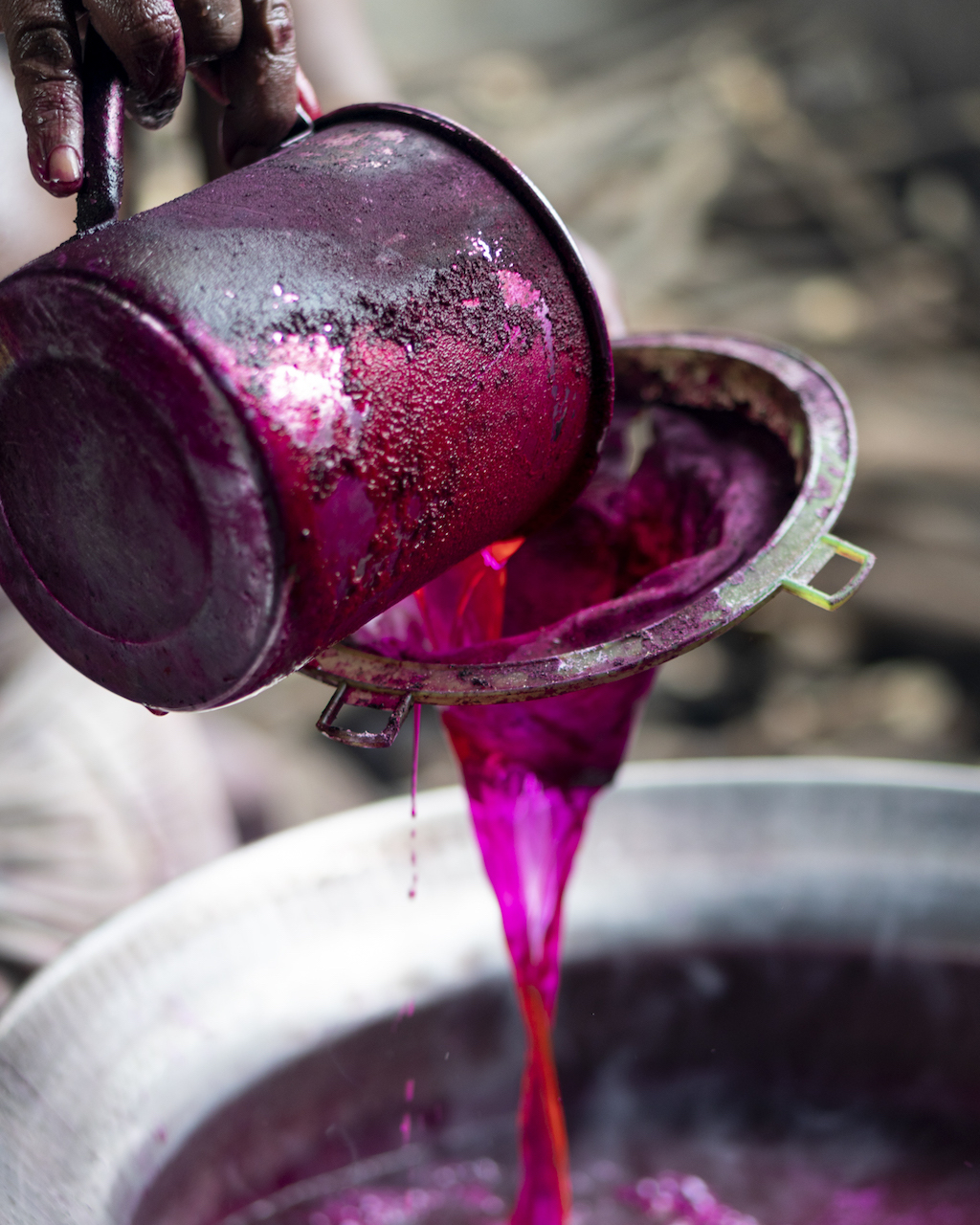
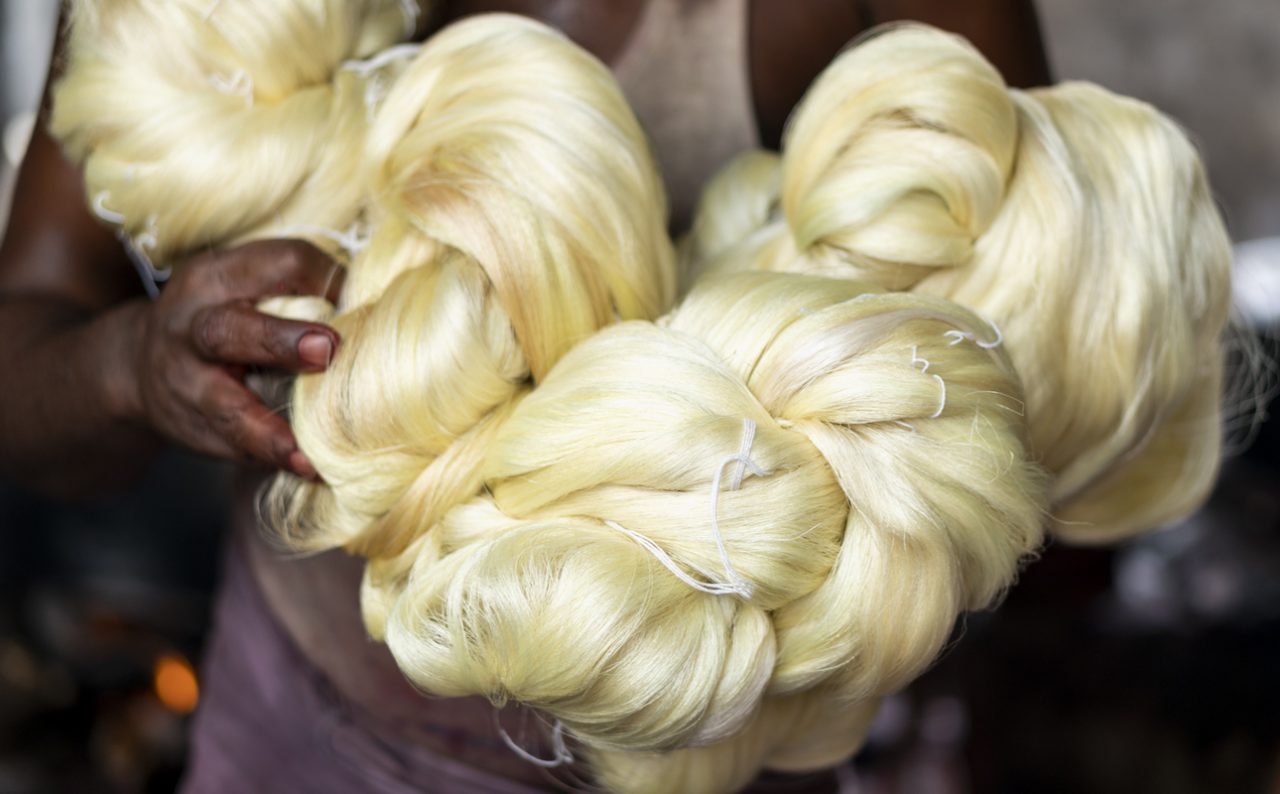
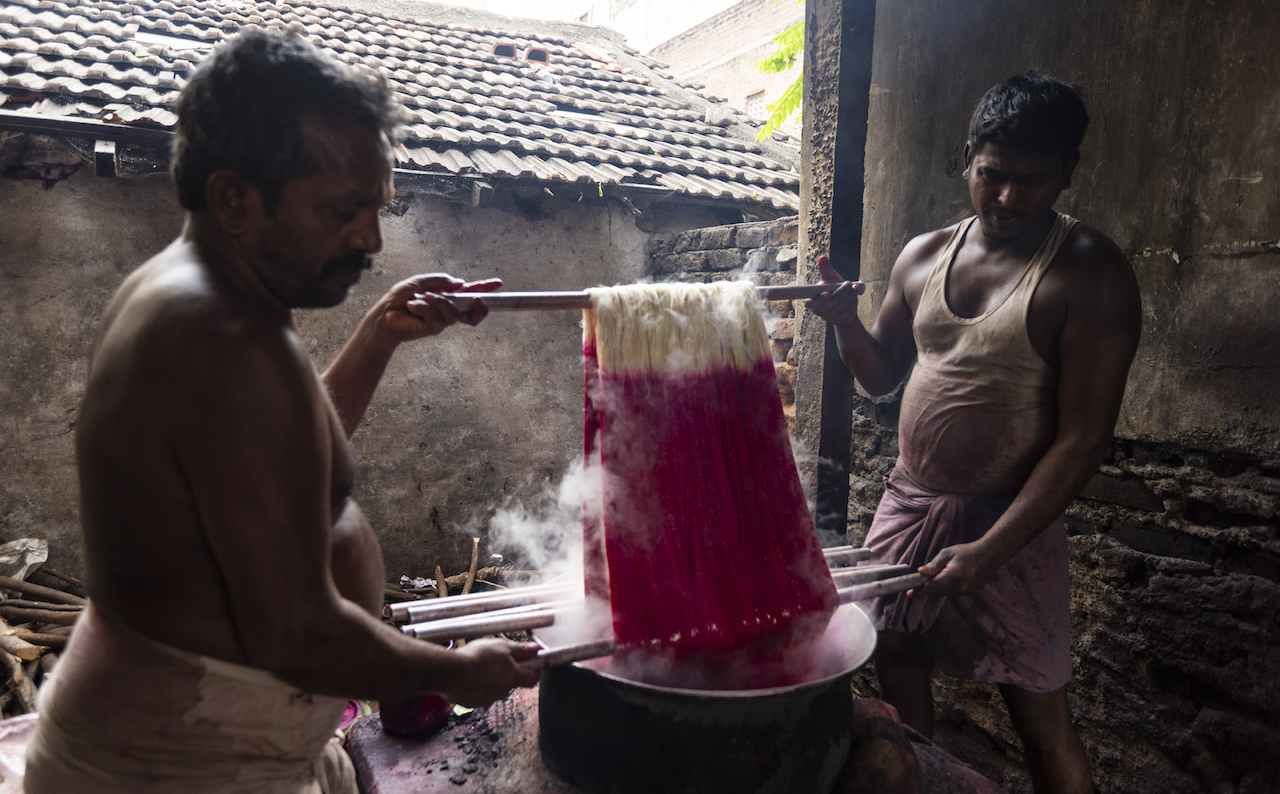
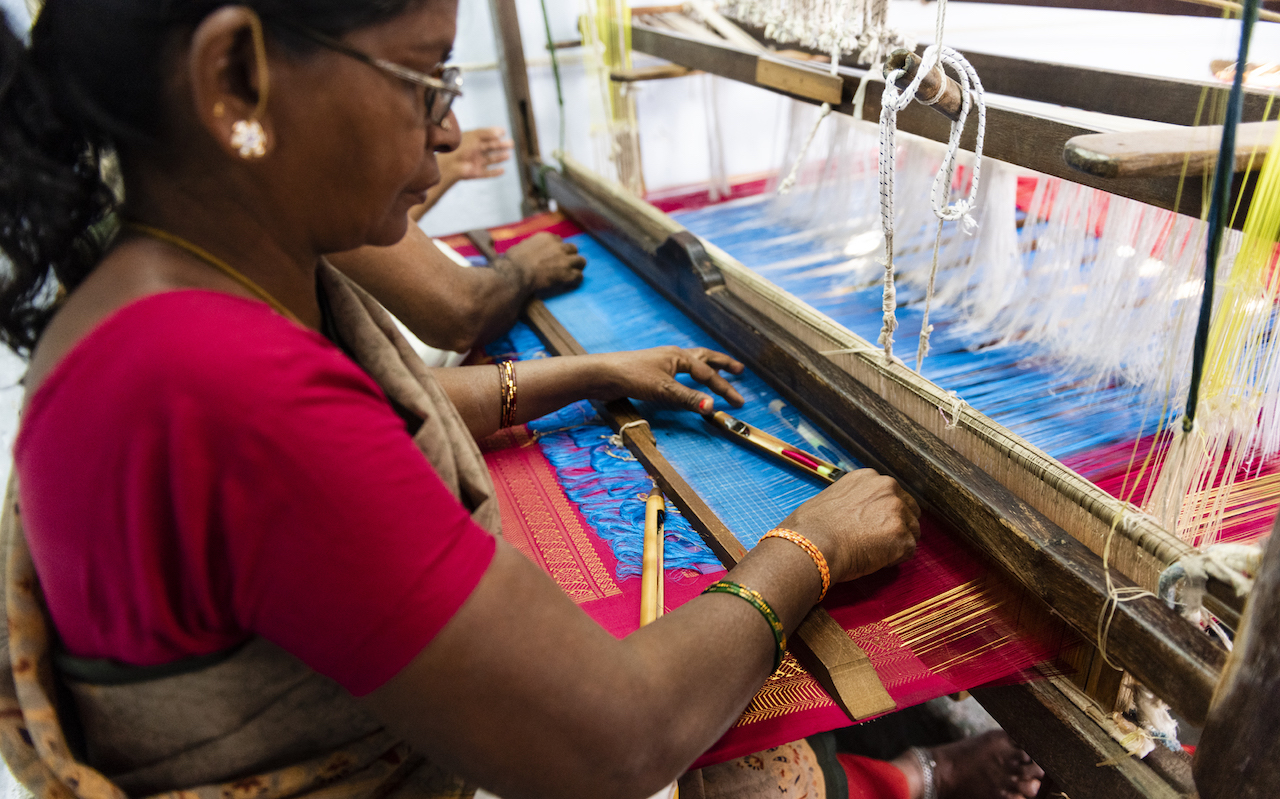
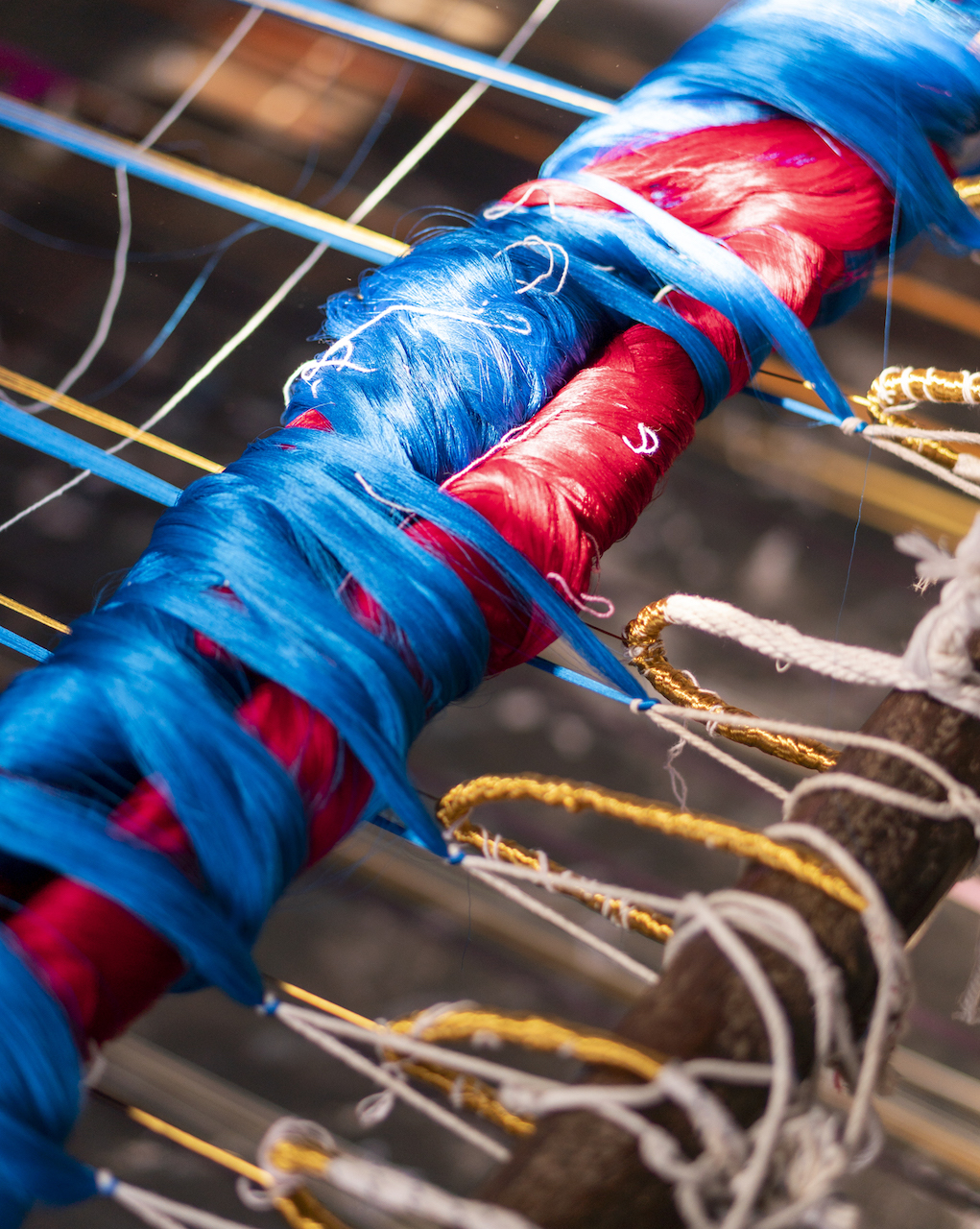
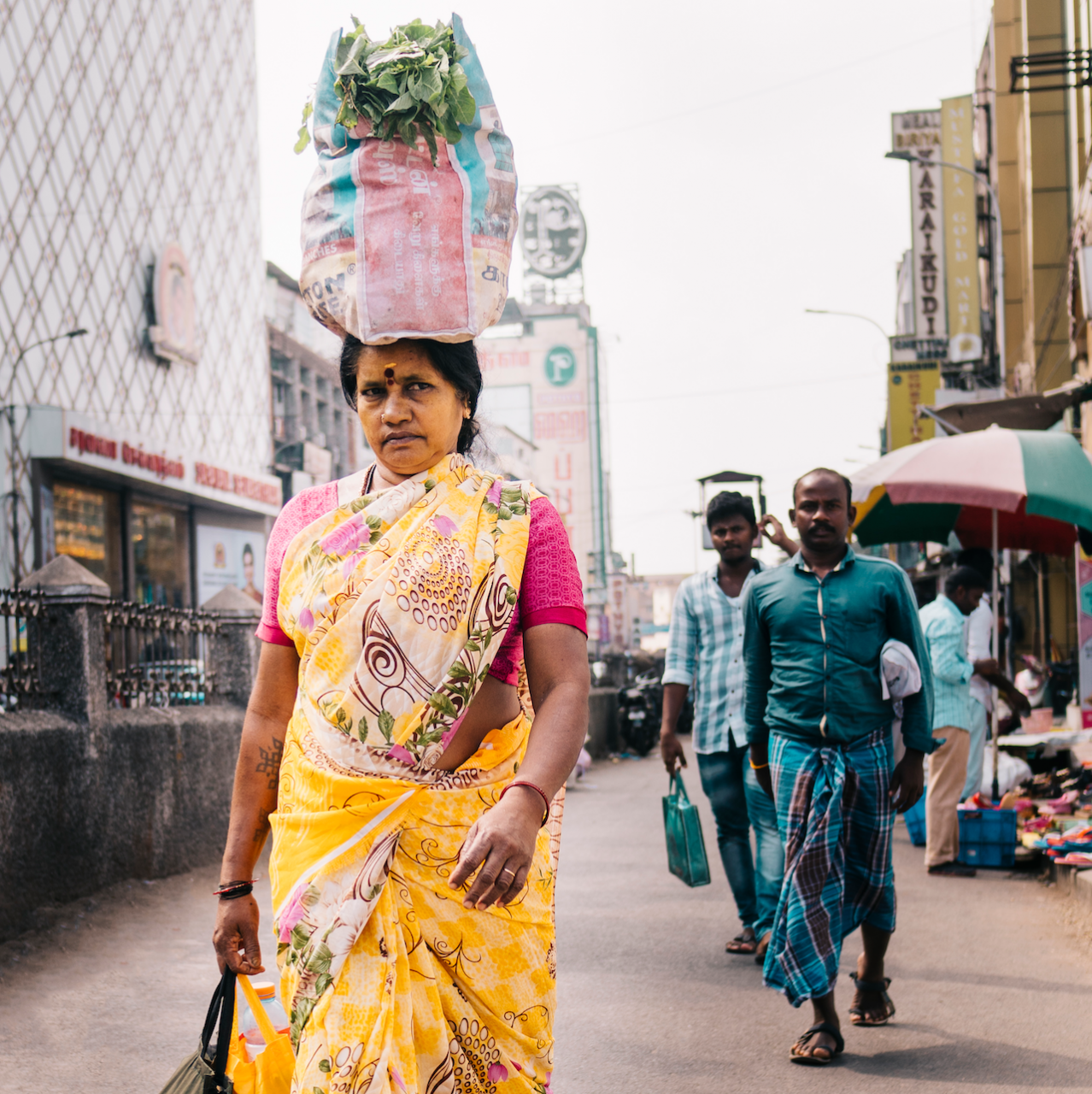
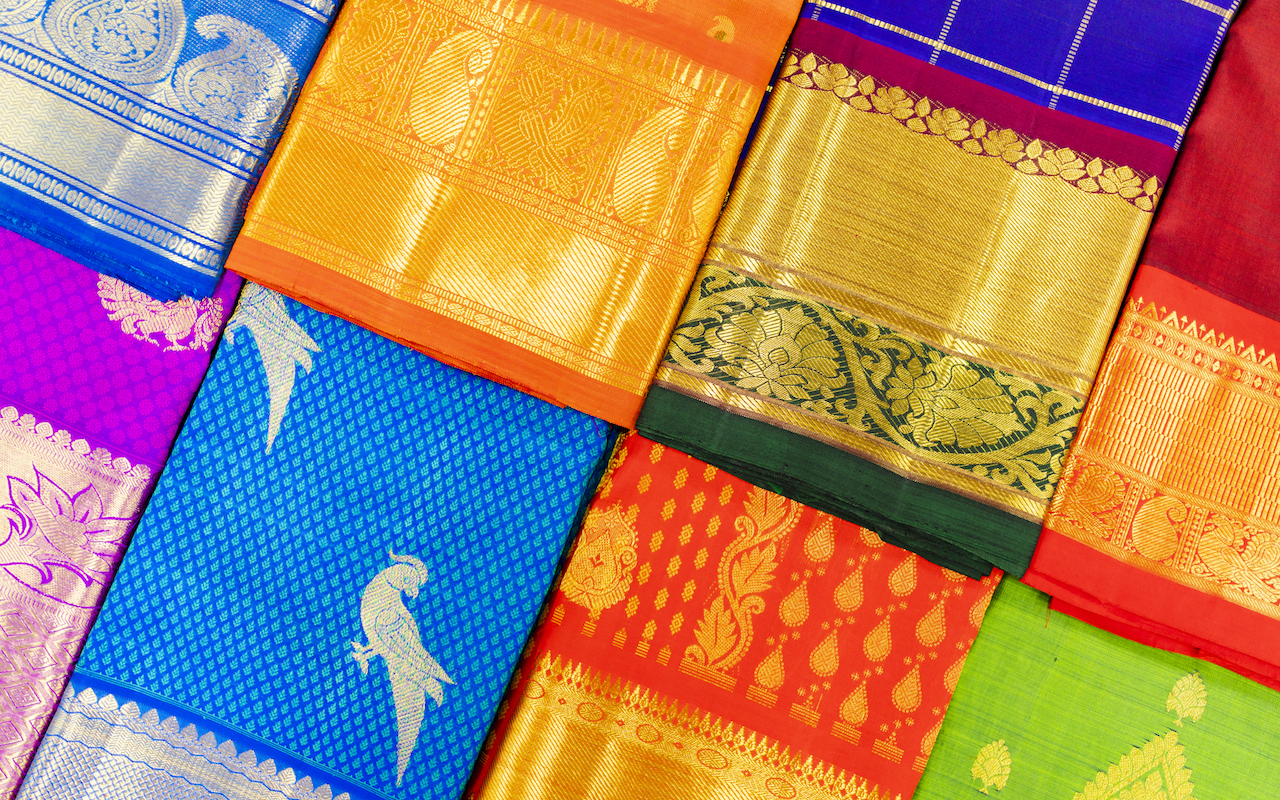
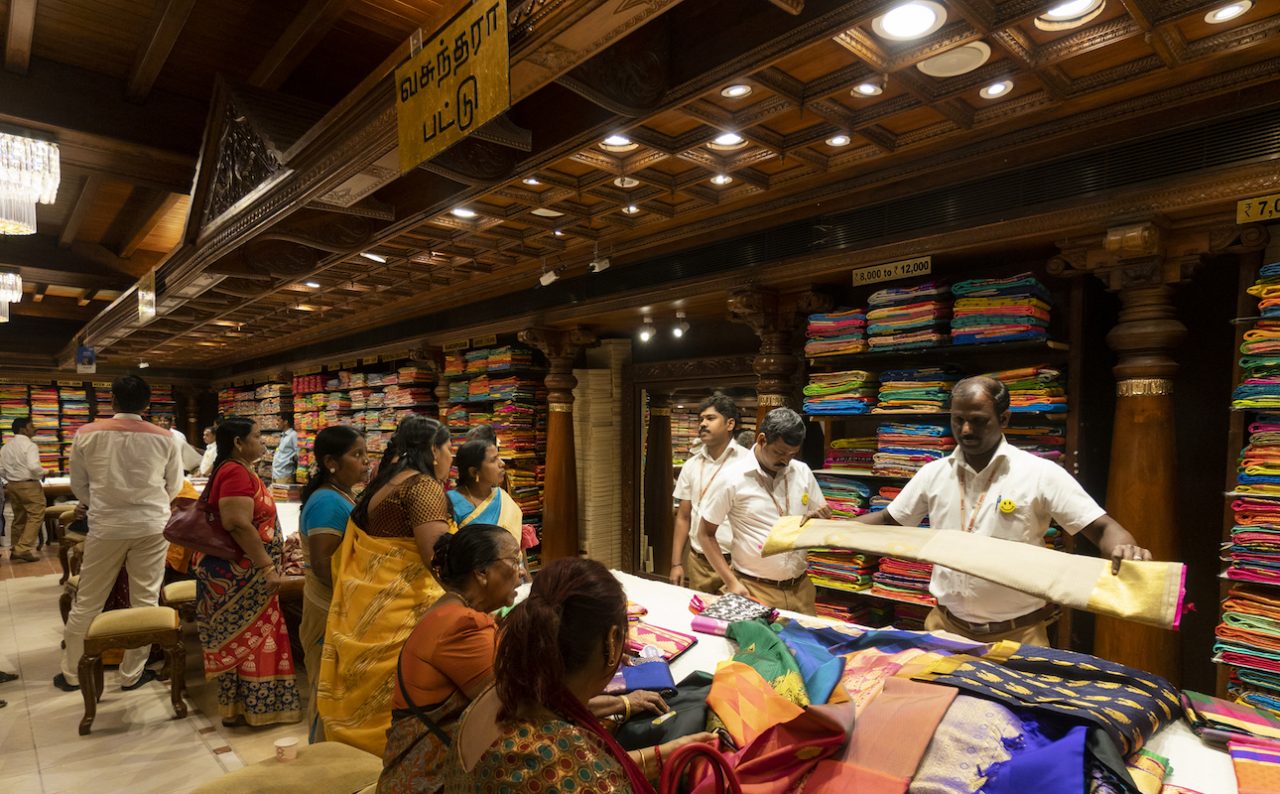
Captions by Sharanya Manivannan
SEE ALSO: Why Chennai is now India’s trendiest city for shopping, dining and nightlife
This article was originally published in the May 2019 issue of Silkwinds magazine
The post Photo essay: The colourful world of sari-making in Chennai appeared first on SilverKris.
from SilverKris
No comments:
Post a Comment